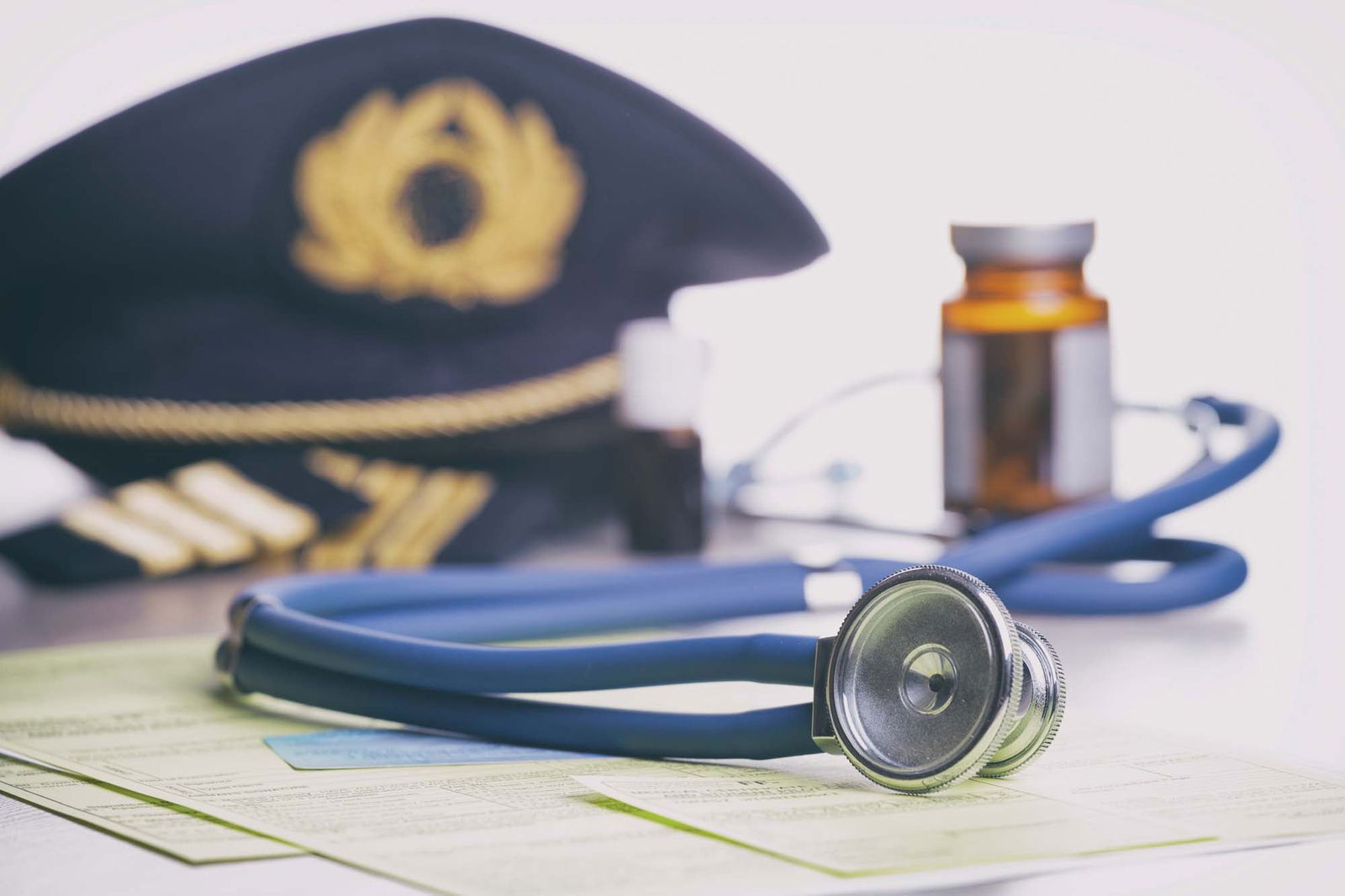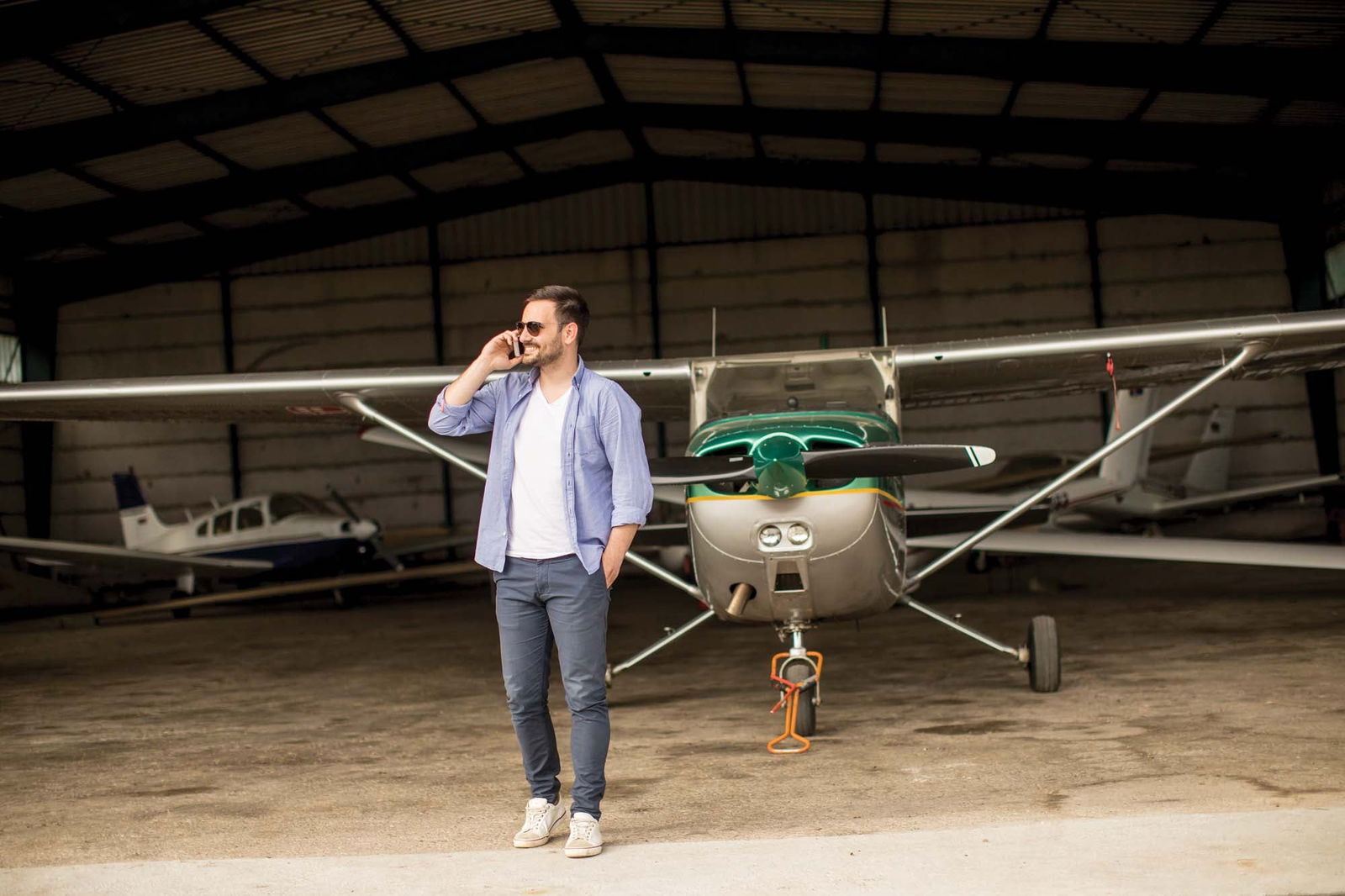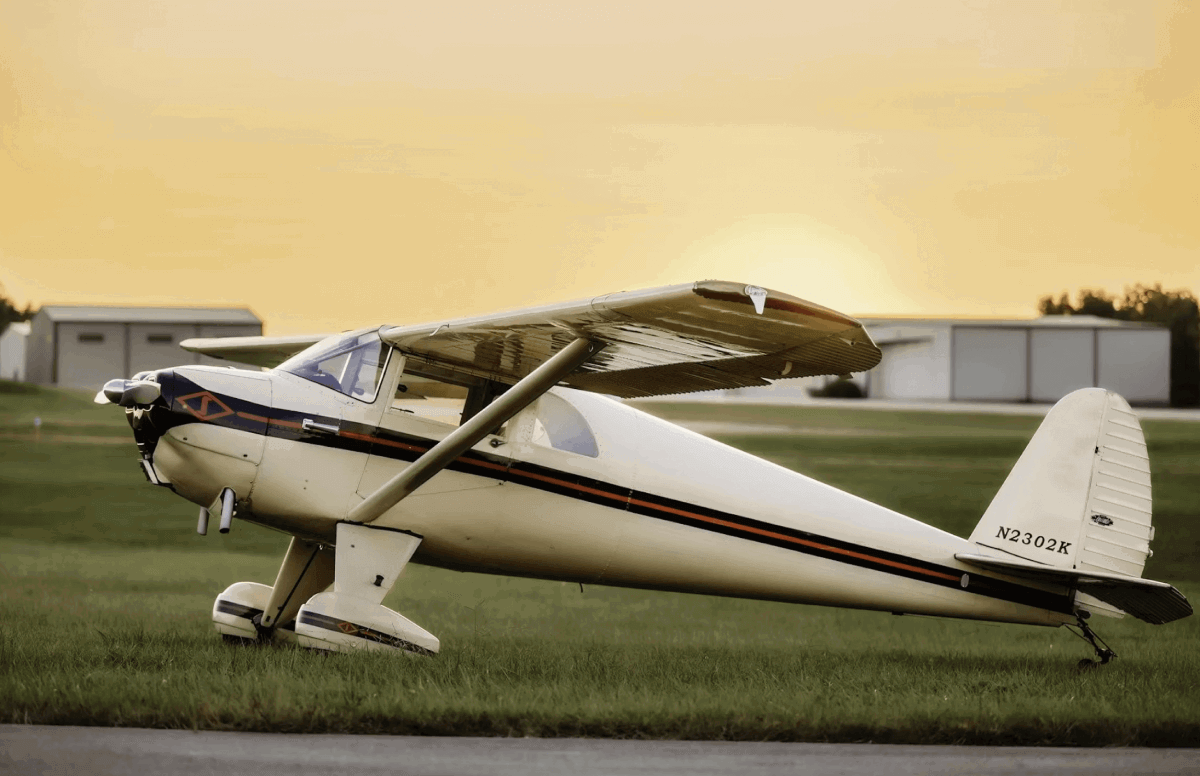Sooner or later, most of us will be facing an interruption to our flying because of surgery. Here’s what I’ve learned from way too many operations—and, fortunately, only one had time pressure.
The caveats: This column is anecdotal, not advisory. Reliable advice will come from your healthcare professional, AME, or CFI, and, as required, from AOPA—not from me.
And remember FAR 61.53. In summary, it says that if you’re not fit to fly, or are taking medications, you cannot act as PIC or a required crewmember (safety pilot).
There are three main considerations for surgery preparation and recovery. First is the surgery and recovery from it. Second is making absolutely sure your flying skills are still up to snuff, and I’ve personally encountered surprises there. Third is making sure that the plane, if you own it, is taken care of while it’s just sitting there, unflown.
There’s a subtle aspect to preparation for surgery. Renew your medical exam immediately before the procedure. That way, when the next time comes to renew your medical, you can provide paperwork showing a full and complete recovery. FAR 61.53 still applies after surgery, of course, but the FAA will have less to object to at renewal time if it receives a half-inch stack of papers covering diagnosis, ailment progression, surgical report, physical therapy (PT) report, and surgeon clearance.
If you time it right, you can hand in the sheaf of papers at the FAA building at Oshkosh. You can talk directly to folks who are able to sign you off, and if there are any open issues, their fax machine will receive paperwork from the surgeon. Worked for me.
As for the surgery itself, the doctor will have protocols and procedures to follow. Do them all. My rule of thumb is that surgery is only half of the treatment; PT (or other therapy) is the other half.
Obvious recovery goals include being able to get in and out of the airplane, operate all the controls with sufficient force, and maybe push the plane around on the ground. There’s also loading baggage and fueling, and whatever preflight operations are required. Since my next adventure is total knee replacement on my anti-torque side, I need endurance and strength on that leg, in addition to pushing on the brakes.
But here’s a surprise. After surgery, we all know that we have to get the surgical drugs out of our system. However, a bigger factor often is that the body has an inflammatory response to the surgery that can mask itself as drugs. Story goes that one researcher on this topic experienced a gruesome leg injury, and he declined general anesthesia for local. Nevertheless, he had the same post-surgery symptoms as if he had been given general anesthesia.
Most/many drugs follow the rule of five. Wait five times the dosing interval before flying. In other words, if the medicine is taken daily, wait five days. If taken every four hours, wait 20. But since flying is serious business, double check each drug before flying. AOPA is a good source. And FAR 61.53 says that if you don’t feel good, don’t fly.

One of my guidelines for flying after surgery, or even after being sick, is how sharp am I when driving. If I’m not feeling fully engaged when in the car, I don’t fly. That’s a good indicator, but not necessarily enough.
There have also been surprises when recovering flying skills. In an extreme lateral interbody fusion, the surgeon goes between ribs on the patient’s side to access the spine. It’s much less invasive than posterior spinal fusion, but it still has the limits of no riding in a car for two weeks, no driving for six. Finally, after serving my time and flying with a CFI to make sure my skills were OK in another plane, I hopped in the RV-8 to enjoy some aerobatics.
The first maneuver was an aileron roll, the simplest in the book. Nose down 10 degrees to pick up speed, nose up 10 degrees, then push the stick all the way over to roll.
Simple. Super simple. A favorite.
As the RV-8 approached inverted flight, rolling rapidly, I felt a sharp pain in my ribs on the right side. What on earth? I continued the roll past inverted, back to right-side up, leveled out, and took a few deep breaths, again wondering, what on earth? Back to the airport, carefully, gingerly, everything working fine, the momentary pain gone.
What happened was that the rib muscle had not fully healed from the incision, but this was asymptomatic in everyday life. Pushing on the stick revealed the lack of healing. Fortunately, this was discovered at altitude when everything else in the body was working fine.
I’ve also had five-level spinal fusion, a brutal procedure that required a 10-month recovery period. I took a CFI buddy along for my first post-surgery flight in the trusty, easy-to-fly Cessna 175, basically a barely souped-up 172. I flew beautifully, as if the last flight had been last week, until…he suggested unusual attitudes.
Hey, no problem, I know all about unusual attitudes, aerobatics, and loss of control. As he cranked the plane around, I went into sensory overload and blanked out. Very strange. We did that again, and I was fine. But that one corner of my flight envelope really needed to be cleaned out.
The same thing happened when I was writing a pilot report on a GlaStar. I was on some prescription drug, but the demo pilot/CFI agreed to fly with me anyway. Again, the flight went beautifully. I did everything I wanted, took notes, but on landing, I blanked out during the flare. Sensory overload. IMSAFE is real.

These examples show that after surgery, a best practice is to fly with a CFI and do a thorough flight review. Many of us dislike doing basic maneuvers again on a review, as if we didn’t know how to do them, but post-surgery, it’s different. The objective is to see everything again and refresh your memory on what things look and feel like, and what the techniques are. As I found out, there can be surprises that you don’t want to discover with an airplane full of friends or family.
Finally, if you’re an aircraft owner, consider what the airplane will need. The engine should be run at least once a month, and the tires may need to be topped up before the next flight. Be sure to check with your insurance as to who can do the engine run-up. It’s a safe bet that a mechanic can do it and be covered—less safe if it’s just one of your buddies.
If there are maintenance items that will require downtime, schedule them for when you’re not going to be flying.
Images: iStock




